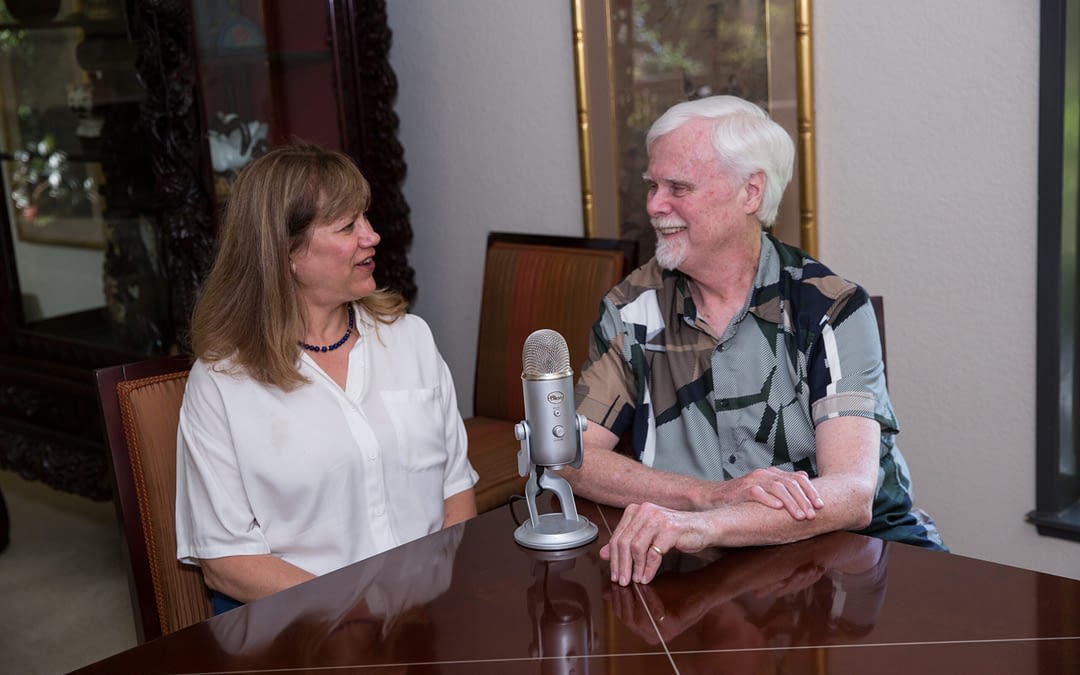- When you’ve successfully done your own personal work, you will feel greater joy and energy in your personal life and in your clinical work as well.
- You will have a much deeper understanding of how TEAM-CBT actually works.
- You will be able to deliver faster and deeper therapy to your patients.
- You’ll be able to tell your patients, “I know how you feel, because I’ve been there myself. And what a joy it’s going to be to show you the way out of the woods, too!”
- Those who observe the therapy develop a greater understanding of how the fine points of effective therapy.
- When the person in the “patient” role has a profound change, we all share that joy and feel inspired by the miracles that can often be accomplished in a relatively short period of time. As they say, “seeing is believing.”
In my workshops and weekly training group for community therapists at Stanford, we often include personal work as a part of the training. The personal work can help in several ways:
 You can reach Dr. Burns at david@feelinggood.com. Dr. Rhonda Barovsky practices in Walnut Creek, California, and can be reached at rbarovsky@aol.com. She is a Certified TEAM-CBT therapist and specializes in the treatment of trauma, anxiety, depression, and relationship problems. She also does forensic work in family court, but finds TEAM-CBT to be way more rewarding!
If you like our jingle music and would like to support the composer Brett Van Donsel, you may download it here.
You can reach Dr. Burns at david@feelinggood.com. Dr. Rhonda Barovsky practices in Walnut Creek, California, and can be reached at rbarovsky@aol.com. She is a Certified TEAM-CBT therapist and specializes in the treatment of trauma, anxiety, depression, and relationship problems. She also does forensic work in family court, but finds TEAM-CBT to be way more rewarding!
If you like our jingle music and would like to support the composer Brett Van Donsel, you may download it here.


